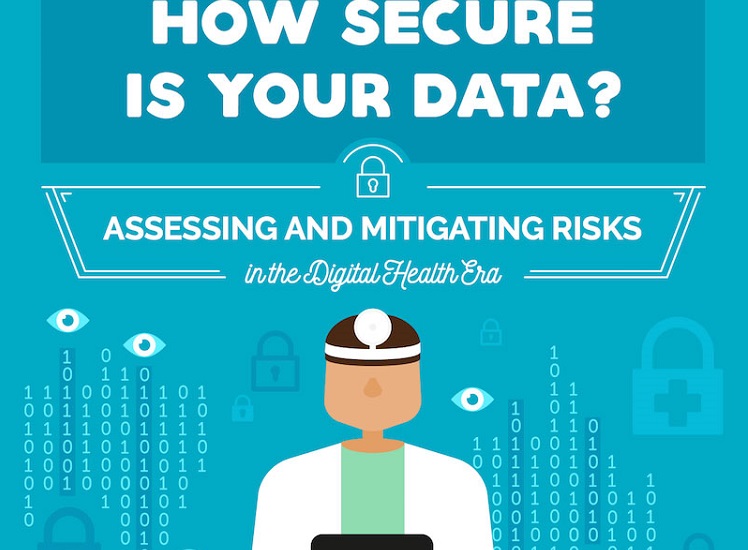An ICD-9 coding policy can keep your claims flowing smoothly; however you cannot just set it up and forget about it. Here’s how to establish a policy that’ll remain current and help you avoid headaches when auditors come calling.
Step 1: The first building block of a well-designed coding policy is to indicate that you adhere to the ICD-9-CM official guidelines for coding and reporting. If you don’t stay up to date with these standard rules, you could be in for trouble.
For details: The official guidelines are updated each year and are normally available shortly after the annual ICD-9 updates go public.
If you keep up on the rules in the official guidelines, you will not have to worry about being blindsided by any across-the-board ICD-9 coding changes.
Step 2: Establish your coding process, including who does the coding and how you make corrections.
Step 3: Describe how your coding staff will stay up to date and keep up their coding competencies. Staying on top of changes can be especially vital, whether to the official guidelines, payer requirements or the transition to ICD-10.
Important issue: Right sequencing is always a concern for medical coders. Selecting the most proper diagnosis helps ensure not only that your practice gets its proper payments but that your coding will stand up under scrutiny from auditors. The assessing clinician and the expert coder must work together to ensure the ICD 9 codes are listed as per the seriousness of the patient’s condition.
Step 4: Documenting your auditing process – including the percentage of charts you will audit for accuracy and how often you will conduct those audits. Internal auditing can help ensure your dermatology coding is spot on before your mistakes are traced in a costly audit from a ZPIC, RAC, or one of the other auditing entities.
Step 5: Weigh the accuracy of your dermatology coders. Paired with auditing, establishing an accuracy rate for your coders can help set the bar for your commitment for precise coding. If you want your coders to maintain a 95 percent accuracy rate with their coding, include this information in your policy.
Step 6: Keep polices up to date. Do not let your coding policy sit on the shelf and grow dusty. Ensure the effort to check your policy periodically to make sure it’s up to date.
Mistake: Do not write policies that attempt to address how you are going to code each particular diagnosis. General policies that address the methods you use to keep your coding spot on are more useful and workable.
Follow up: If you get downcoded in an audit related to your diagnosis codes, gear up to ask for a redetermination. If your coding is supported by clear clinical documentation and you have followed the proper guidance, be prepared to write an appeal stating why the coding is right and quote official guidance in that appeal.
Auditors are not necessarily coders and may not be aware of the rules that govern the practice of coding. Quoting specific sections of the official coding guidelines helps to show that you are knowledgeable and have coded right.
We provide you simple, instant connection to official code descriptors & guidelines and other tools for 2010 CPT code, HCPCS lookup that help coders and billers to excel in the work they do every day.







